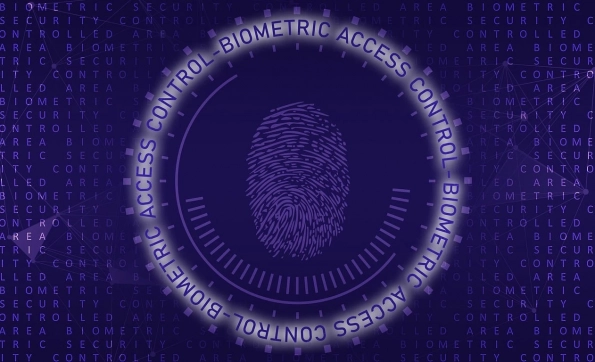Amazon Web Services (AWS) has taken another critical step toward bolstering security measures for its users by expanding its mandatory multi-factor authentication (MFA) initiative. The company observed significant customer uptake and a reduction in password-related phishing attacks since it initially began this initiative in May 2024, focusing on management account root users in the AWS Management Console. Over time, AWS has expanded this requirement to include standalone accounts and has also added support for FIDO2 passkeys.
The Evolution of MFA in AWS
Initial Rollout and Adoption
According to Arynn Crow, AWS principal product manager of account protection, more than 750,000 root users activated MFA since April. This remarkable adoption rate doubled with the introduction of FIDO2 passkeys, which offer a more secure and user-friendly method of authentication compared to traditional passwords. Crow highlighted that this policy has successfully prevented over 99% of password-related attacks, which underscores the effectiveness of robust authentication measures in cybersecurity. The significant reduction in these attacks speaks to the urgent need for strong authentication mechanisms to prevent unauthorized access to sensitive systems and data.
AWS’s approach aligns with secure-by-design principles, which emphasize security as a foundational element in system design rather than an afterthought. This philosophy aims to enhance customers’ default security posture, making it more difficult for bad actors to exploit vulnerabilities. By requiring MFA, AWS ensures that even if passwords are compromised, an additional layer of defense—a second factor of authentication—prevents malicious access. The success of this initiative within a relatively short time frame demonstrates both the effectiveness of AWS’s strategy and the willingness of customers to adopt stronger security practices when properly incentivized and supported.
Expansion to Standalone Accounts and Member Accounts
Building on this success, AWS plans to extend its MFA requirements to member accounts within AWS Organizations starting in Spring 2025. This initiative will require customers without centralized root access management to register MFA for root users to access the AWS Management Console. To ease the transition for its customers, AWS will gradually implement this change, providing advance notifications to minimize operational disruptions and help users adapt smoothly to the new requirements. This proactive approach ensures that customers can maintain their operations without significant hitches while enhancing their security posture incrementally.
AWS acknowledges that implementing MFA across all accounts—including both standalone and member accounts—presents operational challenges. Customers have varying levels of technical expertise and differing requirements based on their organizational size and complexity. By offering ample lead time and support resources, AWS aims to address these challenges and guide customers through the process. As AWS extends MFA requirements, it continues refining its implementation strategy based on customer feedback, ensuring the initiative aligns with the diverse needs of its user base. This inclusive approach underlines AWS’s commitment to customer satisfaction while maintaining robust security standards.
Eliminating Passwords for Better Security
Addressing Security Risks and Operational Burdens
In addition to mandating MFA, AWS aims to eliminate unnecessary passwords, recognizing the inherent security risks and operational burdens they pose. Password-based authentication is particularly problematic for customers who must rotate credentials frequently due to regulatory requirements. To mitigate these risks, AWS has introduced a capability for centralized root access management within AWS Organizations. This feature allows customers to minimize password management efforts while retaining control over root principals, simplifying both security management and operational workflows. This initiative fits within the broader industry trend of moving away from passwords in favor of more secure authentication methods.
With a simple configuration change in the identity and access management console or the AWS command line interface, customers can activate centralized root access and remove long-term credentials for root users. By enabling centralized root access, AWS allows users to enforce strong authentication consistently across their entire organization, thereby enhancing security and reducing the likelihood of credential compromises. This capability not only strengthens security but also reduces the operational burden associated with frequent password rotations and other maintenance tasks, thus freeing up resources for more strategic activities within the organization.
Industry Trends and Future Directions
Amazon Web Services (AWS) has made a significant move to enhance security for its users by expanding its mandatory multi-factor authentication (MFA) initiative. Since May 2024, AWS has observed a marked increase in customer acceptance of this security measure along with a notable decrease in password-related phishing attacks. Initially, this initiative targeted management account root users in the AWS Management Console. Seeing its success, AWS has steadily broadened this requirement to encompass standalone accounts as well. Additionally, to further improve account security, AWS has introduced support for FIDO2 passkeys, which provide an advanced layer of protection. By extending MFA requirements and integrating FIDO2 passkeys, AWS demonstrates its commitment to continuously improving user security. This proactive approach helps to safeguard sensitive information and protects against evolving security threats, providing AWS users with greater peace of mind.













